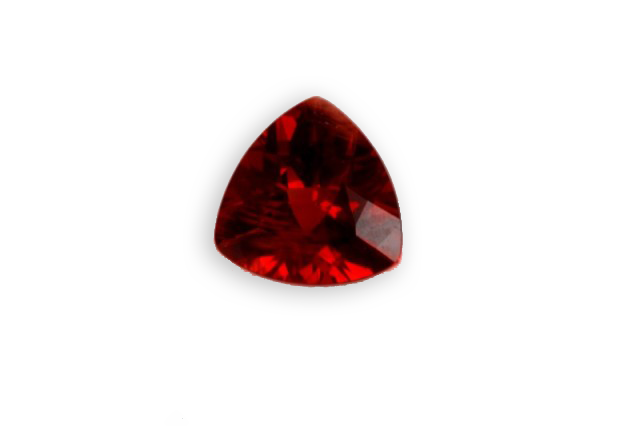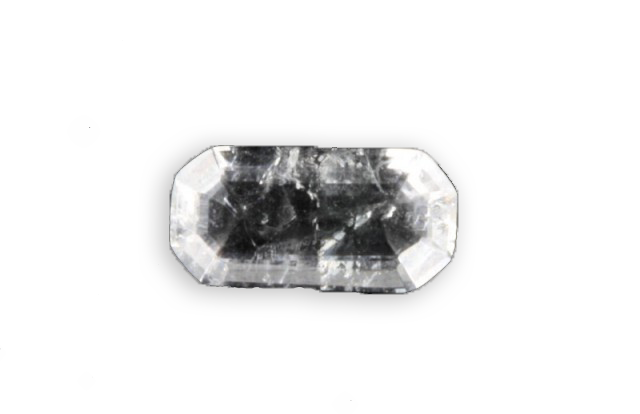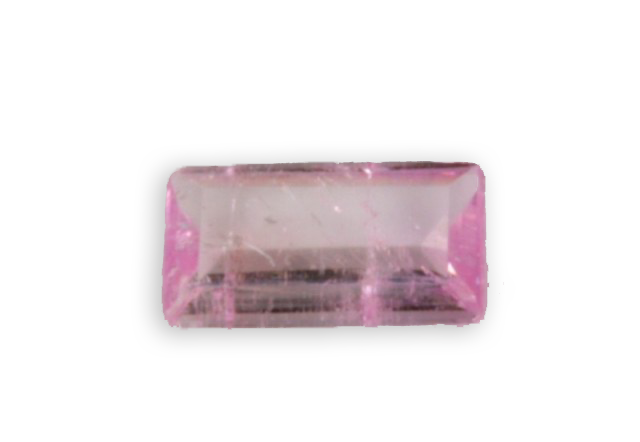
white
Je vous emmène à travers mes vidéos découvrir mon expérience acquise depuis plus de 30 ans a silloner le globe entier à la recherche de pierres précieuses, de rencontre mémorables mais aussi de difficulté parfois …
actualités
Categories



amber
It is a product of plant origin, the fossilized resin of some conifers (pine, redwood, cypress, cedar …) and some angiosperms (legumes, Umbelliferae, Liliaceae). The amber from the Dominican Republic was produced by a kind of tropical tree, now extinct, ancestor of the carob tree,

agate
This is a quartz, more exactly a transluscent chalcedony (itself a variety of cryptocrystalline quartz) which shows concentric bands sometimes containing opale. Comes in many colors, banded, forming concentric bands, more or less circular up to oval. Their formation is so far discuted : or

adamite
Described in 1886 by Charles Friedel who named it after the French mineralogist Gilbert Joseph Adam who found this mineral. Its color depends on the metallic ions present : cuproadamite colored by copper is green, manganoadamite colored by manganese is pink-purple such as cobaltoadamite and

actinolite
Actinolite belongs to the amphibole group, discovered in 1794 by the mineralogist Kirwan. The name actinolite is derived from the Greek “aktis”, meaning “beam” or “ray” and “lithos”, meaning “stone”; referring to the mineral’s radiating fibrous nature. The name “actinolite” was given by René Just



